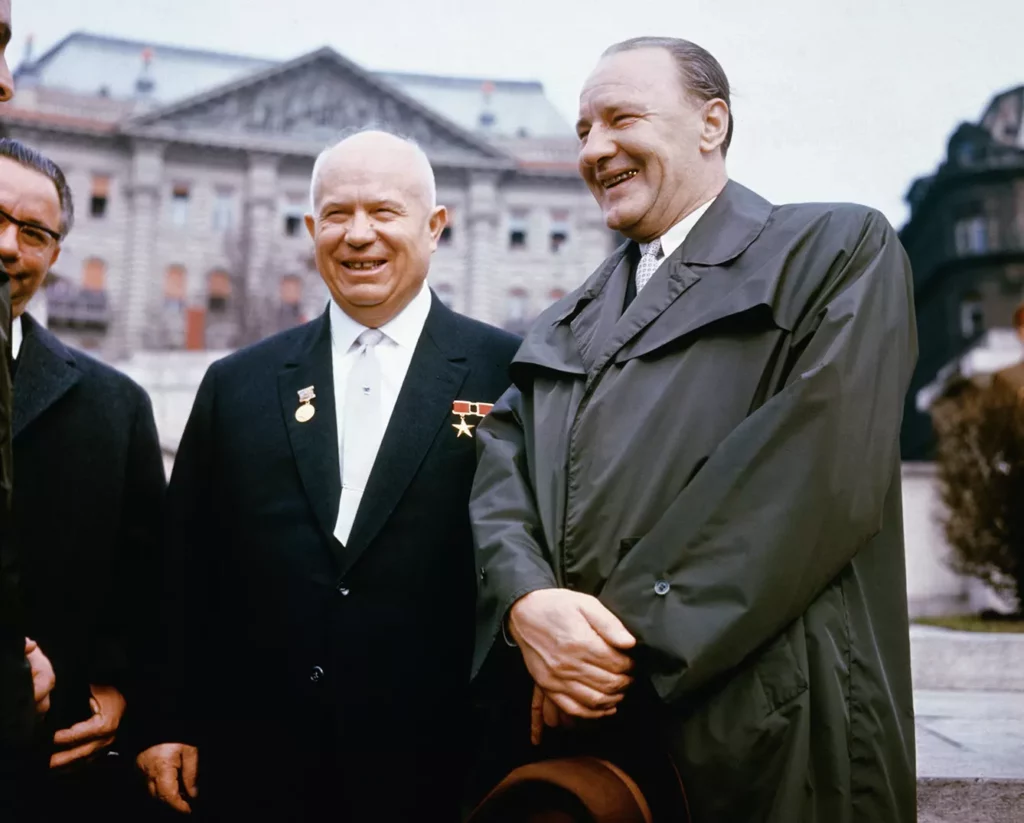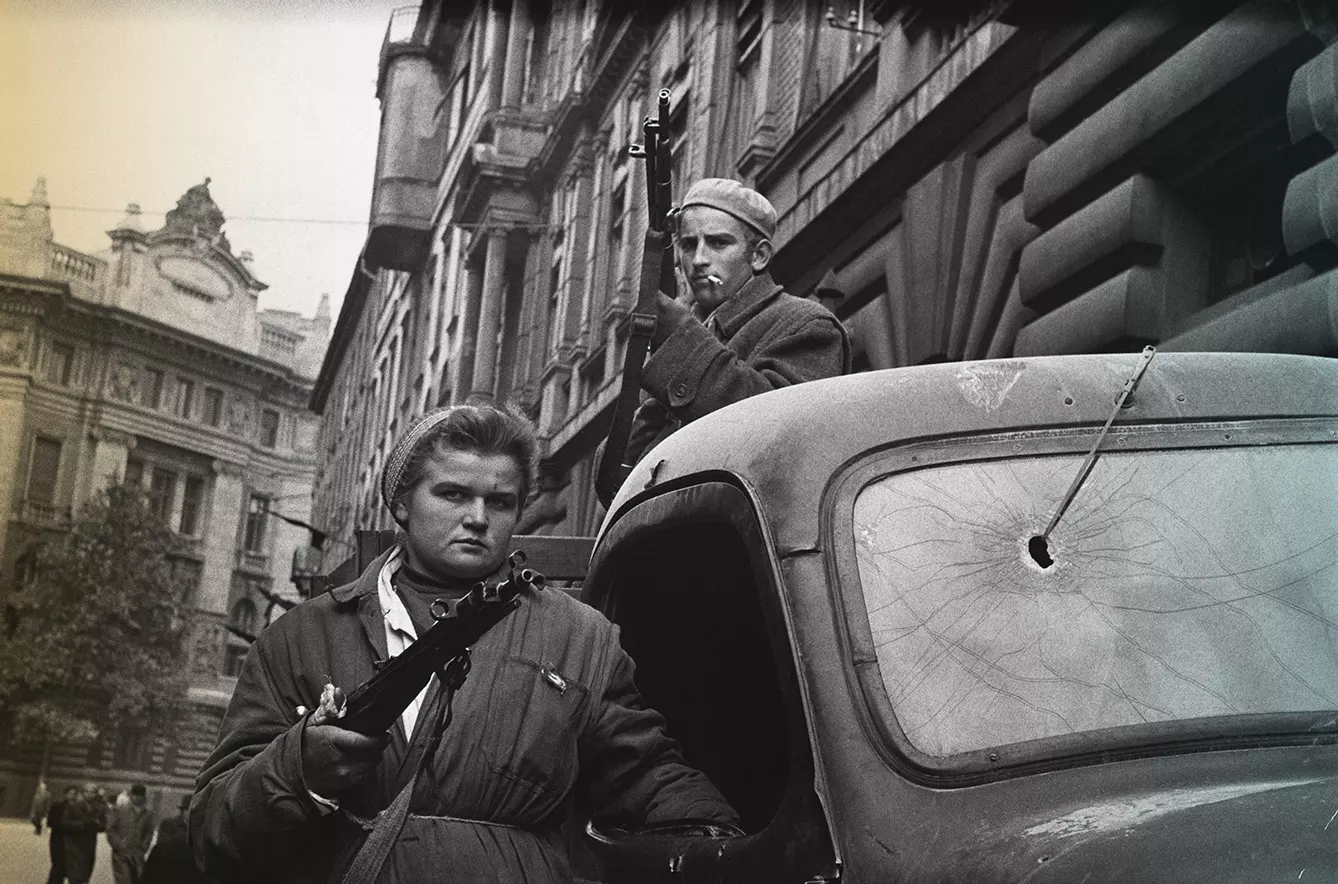Absurd as it sounds, not all communist countries were created equal. The People’s Republic of Poland is sometimes called “the merry barrack” – a jolly prison of sorts. Czechoslovakian communism is every now and then described as influenced by Švejk – the wise-stupid trickster of World War I novel by Jaroslav Hašek. Bulgaria was famously influenced by Western tourism, and Yugoslavia was known for its own way of communism under Josip Broz Tito.
Goulash Communism: ideology as a stew, stew as an ideology
And then there’s Hungary with Goulash Communism. Named after the famous Hungarian stew, the idea was that it took various political elements and mixed them together to create something new and better. It placed a huge accent on living standards.
The cooking of this goulash started with war. Known as the Hungarian Revolution of 1956, it was the most violent of the Eastern Bloc “thaws” in the aftermath of Stalin’s death three years earlier. Stalinism in Hungary meant rapid industrialization at the price of a steep plunge in the living standard. The revolt of 1956 was extremely violent and led to Soviet intervention with tanks on the streets of Budapest.

The uprising was eventually extinguished, but in some part, it achieved victory, as the new General Secretary of the Hungarian Communist Party became János Kádár. His influence on Hungarian politics extended nearly to the collapse of the Eastern Bloc. Kádár’s governing idea was more focused on serving people than ruling them.
Flexible communism
To some extent, he listened to public opinion, and the Party’s internal politics emphasized wellbeing. The course also changed in terms of foreign affairs, with the easing of trade restrictions that gave citizens easier access to foreign goods. This all required extensive discussion with the Soviet view on Marxism-Leninism, which remained the dominant ideology within the Soviet-controlled Eastern Bloc. To defend his standpoint, János Kádár backed up his argument with the original flexibility in introducing socialism, as advised by Marx.
And goulash, a stew – is a concoction of various ingredients that form an entirely new, enjoyable dish, enhanced by the unique flavors of each ingredient. This is where the main difference lies because while goulash is delicious, goulash communism was still just so-so. Even in a spiced-up version, it was still communism.







